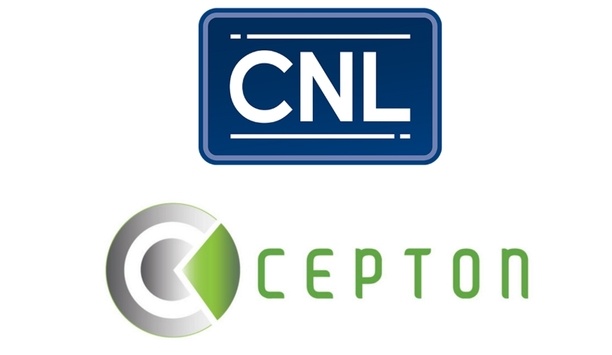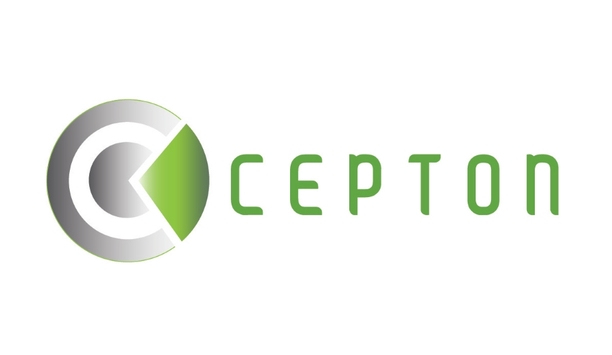Neil Huntingdon

Neil Huntingdon
Group Chief Strategy Officer, CronAIArticles by Neil Huntingdon
Like most industries, the fields of security, access, and safety have been transformed by technology, with AI-driven automation presenting a clear opportunity for players seeking growth and leadership...
News mentions
CNL Software, globally renowned developer of Physical Security Information Management (PSIM) software solution, is pleased to announce that it will be exhibiting at Intersec 2020. CNL will focus on th...
CNL Software, globally renowned provider of Physical Security Information Management (PSIM) software, is pleased to announce a technology partnership with Cepton Technologies, global developer of 3D s...
Kit (PEK), combines the unerring accuracy of lasers to scan the environment in much the same way a radar does, but at a much higher resolution, building an image of the world around it regardless of l...
































